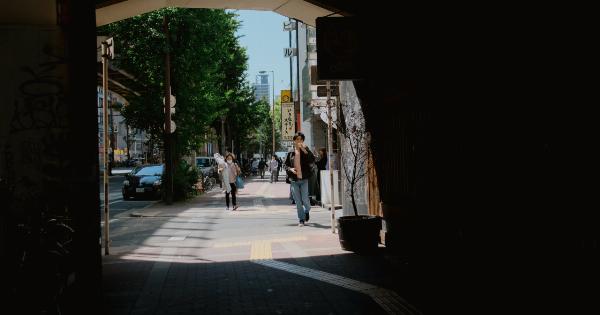When it comes to seeking emotional satisfaction, many individuals turn to various sources such as landscapes and material possessions.
Both landscapes and things have the potential to evoke profound emotions, but which one offers greater emotional satisfaction? This article explores the contrasting aspects of landscapes and things and examines their ability to provide emotional fulfillment.
What are Landscapes?
Landscapes can be defined as the visible features of an area of land, including physical elements such as mountains, rivers, forests, and even man-made structures.
They encompass the natural environment and have the potential to invoke emotions and deep connections with nature. Landscapes offer unique views, serene surroundings, and a sense of tranquility.
The Emotional Appeal of Landscapes
Landscapes have a profound impact on human emotions. The awe-inspiring beauty of nature has been known to generate positive emotions such as joy, happiness, and tranquility.
When individuals are surrounded by vast landscapes, they often experience an overwhelming sense of peace and connectedness. The serenity offered by landscapes can help alleviate stress, anxiety, and even promote psychological well-being.
Landscapes as a Source of Inspiration
Landscapes possess an inherent ability to inspire individuals. The vastness and beauty of nature can stimulate creativity, ignite passion, and spark innovation.
Many artists, writers, and musicians have sought inspiration from landscapes throughout history. The diversity and grandeur of natural landscapes provide individuals with a unique perspective on life, fostering personal growth and self-reflection.
Escaping the Material World: The Intricacies of Things
On the other hand, things refer to material possessions or items that individuals acquire and accumulate. Possessions can range from everyday objects, such as clothing or gadgets, to more luxurious items like cars or jewelry.
Things are often associated with wealth, status, and personal satisfaction.
Emotions Tied to Material Possessions
Material possessions can evoke a range of emotions in individuals. The acquisition of new things can generate feelings of excitement, pride, and accomplishment. The possession of coveted items can create a sense of self-worth and social validation.
However, these emotions are often short-lived, as the initial thrill of owning something new tends to fade over time.
The Perils of Materialism
While material possessions may provide short-term gratification, they can also lead to negative emotions and a never-ending cycle of desire.
The pursuit of material possessions can be all-consuming, causing individuals to feel unsatisfied even after acquiring desirable items. Moreover, the constant comparison of possessions with others can contribute to feelings of inadequacy, envy, and anxiety.
Comparing Emotional Fulfillment
When it comes to emotional satisfaction, landscapes and things offer vastly different experiences. Landscapes provide a sense of awe, wonder, and connection with the natural world, offering long-lasting emotional benefits.
On the other hand, things may provide temporary happiness and validation but often lead to dissatisfaction and materialistic tendencies.
Monetary Value vs. Intrinsic Value
One of the crucial distinctions between landscapes and things lies in their respective value. Material possessions are often associated with a monetary value, making them susceptible to depreciation and diminishing satisfaction over time.
Landscapes, however, hold intrinsic value that transcends monetary worth. The beauty and serenity of landscapes can be experienced at any time, without the limitations of material wealth.
Fostering Meaningful Connections
While possessions may offer a sense of connection initially, these connections are often superficial and transient. Landscapes, on the other hand, foster deep and meaningful connections with the natural world.
The emotional satisfaction derived from the awe-inspiring beauty of a landscape can be both personal and profound, creating lasting memories and a sense of belonging.
The Impact of Landscapes on Well-being
Research has shown that landscapes have a positive impact on individuals’ overall well-being.
Exposure to natural environments, such as parks or scenic landscapes, can lower stress levels, reduce symptoms of depression, and improve cognitive functioning. The therapeutic qualities of landscapes extend beyond the visual appeal, leaving individuals with a profound sense of emotional satisfaction.
Seeking Balance
While landscapes may offer greater emotional satisfaction, it is important to strike a balance between the natural world and material possessions. Material possessions can still hold sentimental value and offer practical benefits in daily life.
It is essential to appreciate the beauty of landscapes and indulge in the wonders of nature, while also recognizing the significance of personal belongings and their role in our lives.
The Final Verdict
In the pursuit of emotional satisfaction, landscapes have the potential to offer greater long-term fulfillment. The beauty, serenity, and inspiration offered by landscapes can enhance overall well-being and promote personal growth.
Material possessions, although capable of evoking temporary happiness, often lead to empty desires and unsatisfied yearnings. By immersing ourselves in the wonders of nature, we can find emotional solace and deeper connections.





























